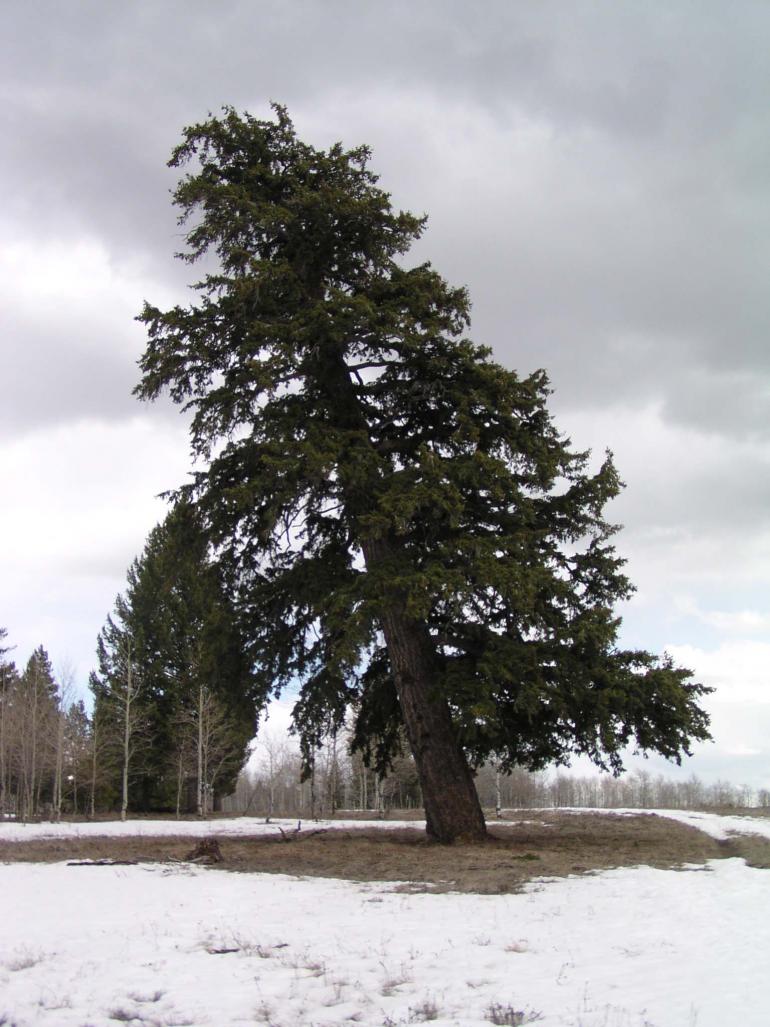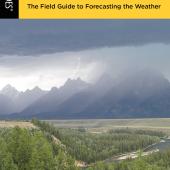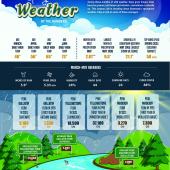Montana Wind
"Does the wind blow this way here all the time?" asked the Eastern visitor. "No, mister," replied the cowboy. "It'll maybe blow this way for a week or ten days, and then it'll change and blow like hell for a while." —K. Ross Toole, The Uncommon Land
Montana lies beneath a giant weather war zone where cold winds from the north slam against warmer winds from the west. High above these air masses, the jet stream swings back and forth, adding to the unstable, unpredictable weather patterns.
The windiest section of Montana is along the eastern slope of the Rockies. Some of these winds occur in late winter and are formed when warm moist air from the Pacific Ocean hits the Rockies, loses its moisture, and slams down the east slope at great speeds. It funnels into those valleys that run west to east. Thus, southeast of Glacier National Park, the Browning area can get a 90-mph wind. Missoula lies in a west-east valley; its famous gales are called the Hellgate winds. In the upper Yellowstone Valley, from Livingston to Big Timber, late winter wind seems unrelenting. In the early part of 1973, Livingston experienced winds of 110 mph on two different occasions. During the same period, an unofficial 120-mph gale slammed through Big Timber. Ninety-mph gales are not uncommon in these west-east valleys.
The relatively warmer wind is called a Chinook; it eats up the snow in its path and uncovers high plains grasses for livestock and wild animals. But a cold air mass from northwestern Canada and the Gulf of Alaska can change the mild wind into a fiercely cold one. Meteorologist Grayson Cordell calls that unpleasant wind a "klondike Chinook."
Although we associate the Chinook with late winter, Montana’s windiest time is in April and May. Although temperatures are warming, cold air still swirls down from the north, causing gusty and raw winds in almost any part of the state.
Summer can bring thunderstorms from air masses swinging north out of the Gulf of Mexico. The resulting winds can be violent but short in duration. In West Yellowstone, a 1970 thunderstorm produced winds of 105 mph, which uprooted trees on its rapid way through town.
Before rural electrification, mechanical windmills dotted the high plains, pumping water for stock and farmhouse and bringing electric power to remote ranches. Today, the modern wind farm towers are no longer an experimental novelty but bring promise of a new source of power to Montana.













